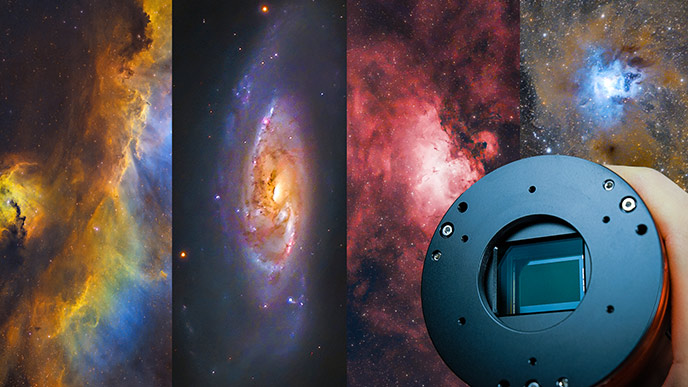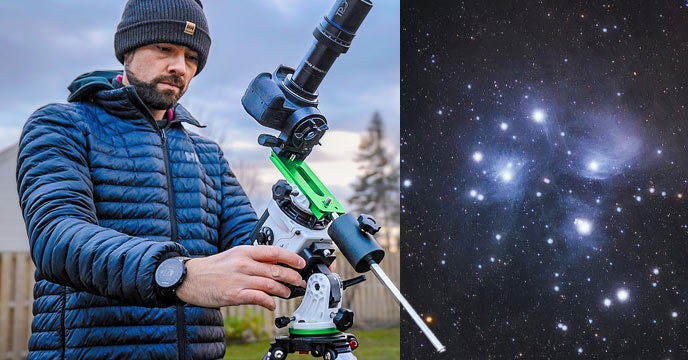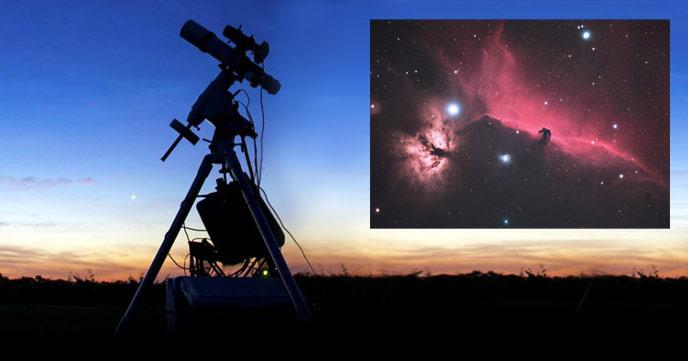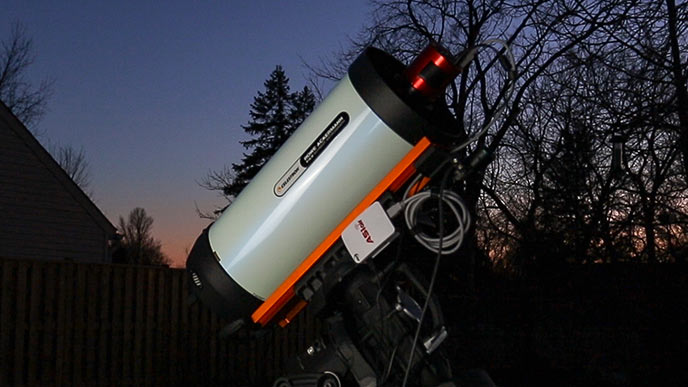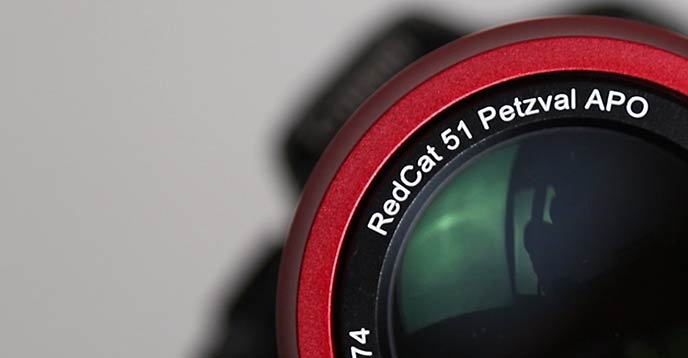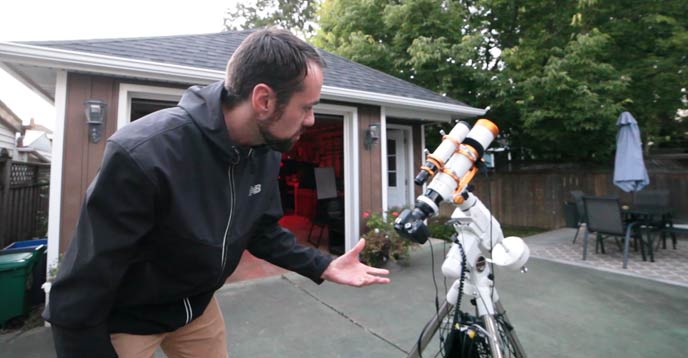William Optics RedCat 61
William Optics has introduced their third variation of the original RedCat Petzval Astrograph, the William Optics RedCat 61. It’s small, it’s mighty, and it’s REDDER than ever. There’s also a huge change to this version of the RedCat when compared to the RedCat 51 and RedCat 71. Like most reviews/first lights, I do my best…


